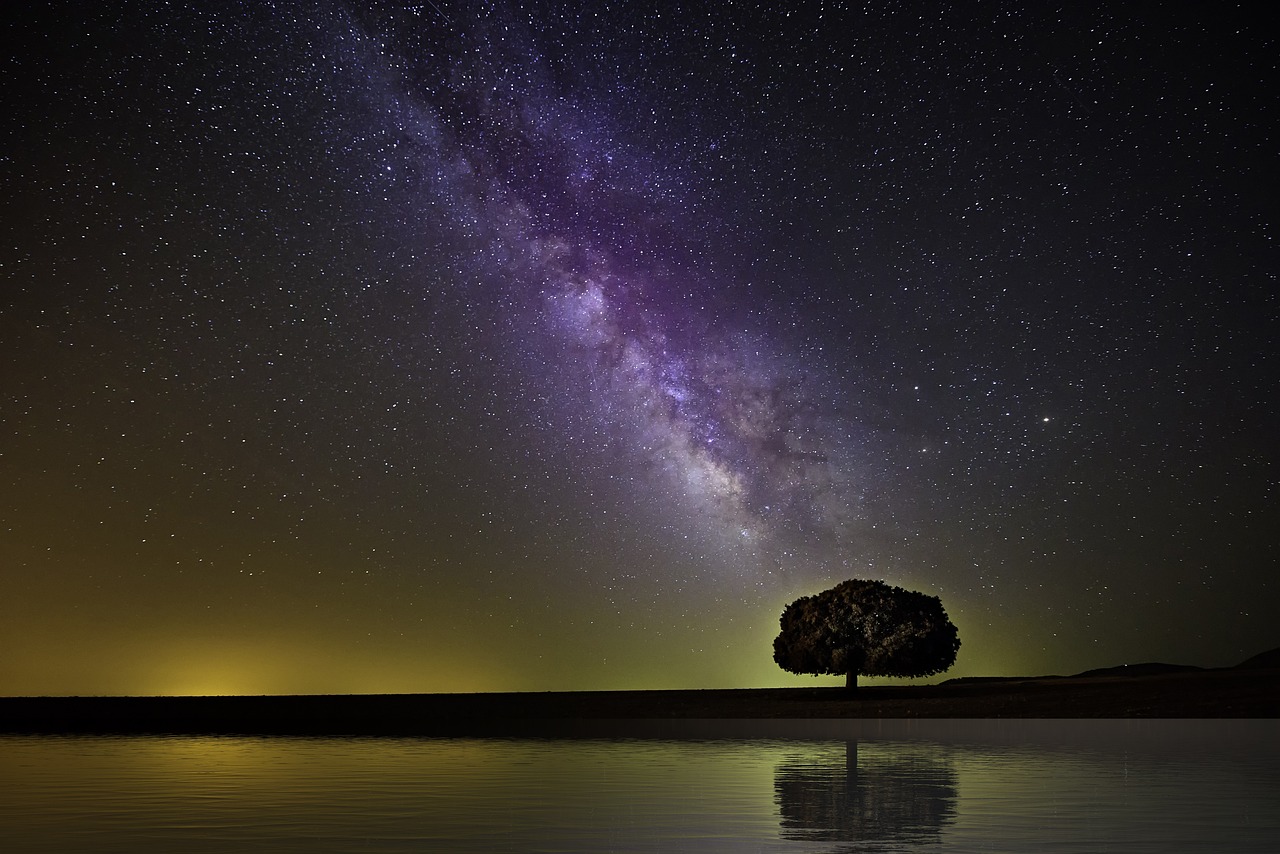The Milky Way, which is a huge and majestic show of stars, is a captivating sight that has captivated humankind for many ages. This magnificent spiral galaxy, which consists of billions of stars, dust, and gas, provides a view of the cosmos that arouses our sense of awe and piques our creative spirit. It is essential, however, to be aware of the optimal time of year to view the Milky Way in order to get the most out of the experience. In this piece, we will investigate the most favorable circumstances that can exist, as well as the most opportune times, to view this celestial marvel.
Dark Skies
The most important factor to consider when selecting a site to view the Milky Way is the amount of light pollution present in the area. The visibility of the Milky Way and the stars in general can be substantially reduced by the artificial lights that emanate from cities and towns. If you want to see the cosmos in all their splendor, you should travel to rural locations where there is less light pollution. It is common to find exceptional dark sky conditions in settings such as national parks, rural areas, or spots at high altitudes.
Moon Phase
The current phase of the moon is one of the most important factors that determines whether or not one can see the Milky Way. It’s possible for a brilliant moon to produce a substantial amount of light, enough to compete with the dim glow of the galaxy. Plan your stargazing trip around the new moon phase, when the moon is not visible in the night sky, or during the waxing crescent phase, when the moon sets early, leaving the sky darker. This will increase the likelihood that you will see the Milky Way and give you the best opportunity to photograph it.
Season
Depending on which hemisphere you’re in, different times of the year offer the finest opportunities to view the Milky Way. The months of April through September are typically considered to be the best time to observe the night sky in the northern hemisphere, with the visibility being at its highest during the summer months. Around midnight, the Milky Way reaches its highest point in the sky, making it one of the most striking features of the night sky during this time. The conditions for the best viewing are found in the southern hemisphere throughout the months that range from February to October.
Conditions of the atmosphere
The Milky Way can only be seen on nights that are completely free of clouds. The presence of cloud cover makes it more difficult to see the night sky and reduces how distinct the galaxy appears. Before embarking on your stargazing trip, make sure to check the local weather forecasts and select evenings with a low chance of cloud cover. It is important to keep in mind that lower humidity levels and cooler temperatures typically result in less cloud cover in the sky.
Conditions of Light and Atmosphere
The Milky Way may be seen best when the sky is at its darkest, which is normally a few hours after sunset and a few hours before sunrise. When the sun is between 12 and 18 degrees below the horizon, this time of day is referred to as the astronomical twilight. The Milky Way is able to exhibit its complex splendor against the backdrop of a gloomy sky because there is no direct sunlight to illuminate it.
Equipment & Preparation
Observing the Milky Way does not require any specialized gear; however, having a camera that has manual settings or a telescope can significantly improve the quality of the experience and the quality of the photographs captured. In addition, it is recommended that you bring a tripod with you so that you can stable your camera when taking photographs with a long exposure. It is important to keep in mind to prepare your eyes for the dark by minimizing exposure to bright lights before you go.
The magnificent Milky Way, which is a sight that brings to mind the immensity and beauty of the universe, can be seen most clearly under certain circumstances. Find places with little or no light pollution, timing your stargazing for when the moon is not visible in the sky, and see the night sky at the appropriate season for your hemisphere. Keep an eye on the weather forecasts, and make sure you have all of the appropriate gear with you before heading out. By adhering to these recommendations, you’ll improve your chances of seeing the majestic splendor of the Milky Way and make memories that will last a lifetime beneath the glittering canopy of the night sky.
![]()
